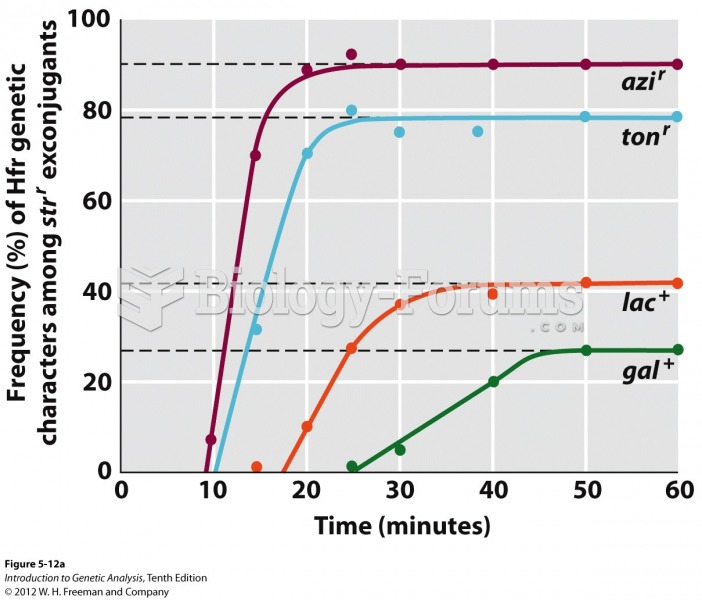Answer to Question 1
ANS: B, C, D, E
According to Barry (2011) and Porter and Holness (2011), prenatal medical and behavioral risks for the adolescent population include preterm labor and birthespecially when combined with low socioeconomic status, being a single parent, being a smoker, using illicit drugs, prepregnant weight less than 100 lb (45.5 kg), poor weight gain during pregnancy, and inadequate prenatal care. Other factors include anemia; preeclampsia-eclampsia; repeated exposure to sexually transmitted infections; chronic or asymptomatic urinary tract infections; acute pyelonephritis; intrauterine growth restriction/low-birth-weight infants (< 2,500 g); and social issues such as poverty, unmarried status, low educational levels, smoking, and drug use. After age 15 years, the adolescent does not experience any more problems than does the general population.
Answer to Question 2
ANS: A, B, D, E
Women who experience preterm labor may complain of backache, pelvic aching, menstrual-type cramps, increased vaginal discharge, pelvic pressure, urinary frequency, and intestinal cramping with or without diarrhea. A urinalysis and urine culture and sensitivity should be obtained on all patients with symptoms of preterm labor, and the nurse must remember that symptoms of urinary tract infection often mimic normal pregnancy complaints (e.g., urgency, frequency). The patient's abdomen should be palpated to assess for contractions, and the fetal heart rate should be monitored. It is not necessary to insert a Foley catheter at this time.







